US Must Lead Response To Perils Of COVID-19 And Oil Crisis

G20 should hold an emergency meeting to prepare a realistic agenda to tackle the economic crisis created by COVID-19
Roudi Baroudi – Doha
It took a global pandemic that has grounded airlines, idled factories, and kept billions of people indoors, but prices for some oil futures contracts have gone into negative territory for the first time ever.
Not since Colonel Drake struck oil – with commercially viable methods – in Pennsylvania in 1859 has a producer had to pay customers to take crude off their hands. Together, oil & gas still supply approximately 60 percent of the world’s energy, and that is not to mention its myriad other uses in modern industry. So, what to do when a demand slump of unprecedented size & speed has brought so low the world’s most ubiquitous commodity, one still required by so many people?
First, it is crucial to recall how we got here, specifically the fact that the COVID- 19 crisis was not the only factor. Keep in mind that for weeks, the gathering collapse of demand coincided with a massive flow of oversupply as Russia and the Kingdom of Saudi Arabia refused to agree on production cuts, choosing instead to battle for market share going forward. Eventually, they will reach a new entente, but the effect of the virus had so destabilised the markets that even zero was no longer a floor in the minds of the investors.
Until COVID-19 shut down whole sectors the global economy, the world had been consuming approximately 100 million barrels of oil a day. By mid-April, that figure had dropped to something in the order of 80 million. The imbalance quickly filled up tank farms, and some analysts believe that as much as 160 million barrels of oil are currently being stored in tankers at sea but with nowhere to go. Airlines have slashed their schedules by 90 percent or more. Inevitably, oil-producing companies have had to shut down their wells, and dozens of refineries have had to suspend operations since they could no longer dispose of oil and related products.
There is no question that the heaviest damage has been sustained in the United States. The shale oil business had been so successful that the country had become the world’s largest crude producer, managing not only to satisfy 90 percent of its own demand from domestic sources but also to compete with Russia and Saudi Arabia for customers overseas. The industry was always vulnerable, however, because of higher production costs, its producers were the first to fail.
Oil is unlike any other commodity in that a safe, affordable, and continuous supply of it is perhaps the single-most far-reaching factor of modern life for businesses, organisations, and almost 200 countries around the globe. Of course, renewables and other alternative sources have made great strides in recent years, and one or more of these technologies will be the future, but for now, and hydrocarbons and oil are still the prime determinants of success or failure.
At the same time, the fact that this is having such a concentrated effect in the United States is a crisis because that country is a reliable bellwether for global economic health. Even as China’s meteoric rise over the past decades has made it the world’s second largest economy, with nominal GDP about $14 trillion for 2019, the US economy remains far away the world’s heftiest at about $21 trillion. For this reason, when Americans stop buying, everywhere loses sales. And in just a few short weeks, more than 26 million of them have filed for unemployment benefits. Jobs are being shed in record numbers, meaning less capacity for anyone else to compensate for the evaporation of US demand for everything.
So how do we keep the of global epidemic and global oil glut from producing long-term damage that yields to even more human and economic losses? How do we get the world’s most important economic engines – to get global commerce moving again? In a word, unity – of the sort that brings all humankind together for collective action. Even assuming that a vaccine is developed, the damage done to some of the world’s most important economies will not be repaired overnight.
In short, recovery depends on sincere dialogue, full cooperation, and genuine transparency. We are all in this together now, so the best way out is to collaborate on an exit strategy that saves time, money, and human lives. The biggest responsibility falls on the biggest players, the US, China, and Russia, along with the European Union, Japan, and multilateral institutions. Going forward, each of these countries and entities will need to make commitments about what it will and will not do. Only then can the necessary confidence and stability be rebuilt around the world.
Exceptional challenges call for exceptional remedies. Already we have seen several global leaders pledge to work together on a vaccine, but the United States was notable by its absence. For the broader purpose of steering a way out of the global economic morass, it is essential that Washington be present and accounted for. My suggestion is an emergency meeting of the G20 at the earliest, which probably means the first part of May. Not a moment should be wasted in preparing a realistic agenda that measures up to the enormity of the tasks at hand. To quote the quintessential American, Benjamin Franklin, “We must, indeed, all hang together, or most assuredly we shall all hang separately.”
Roudi Baroudi is CEO of Energy
and Environment Holding,
an independent consultancy
based in Qatar

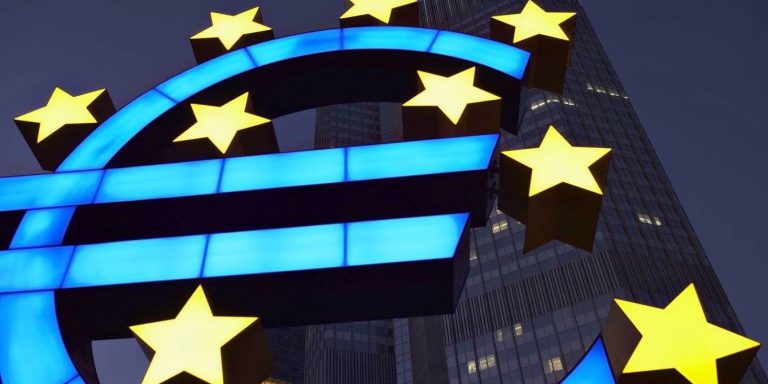

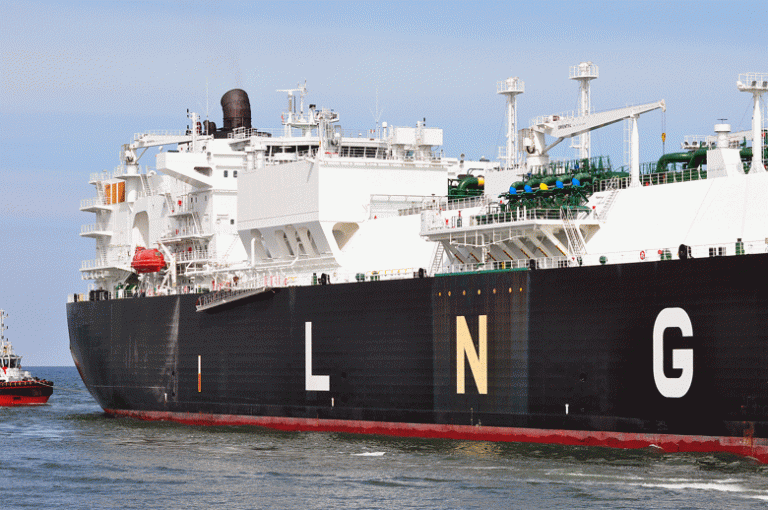

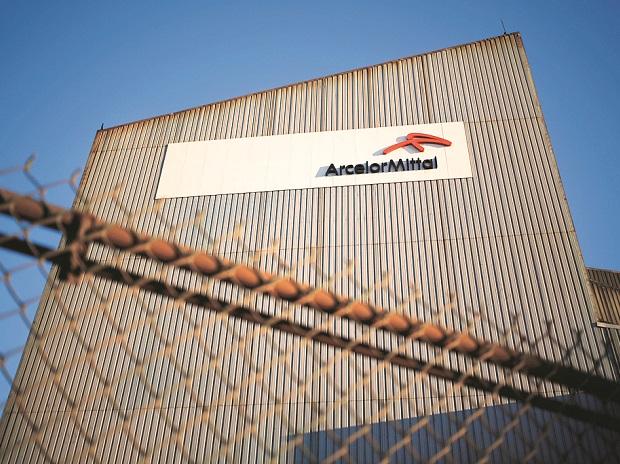
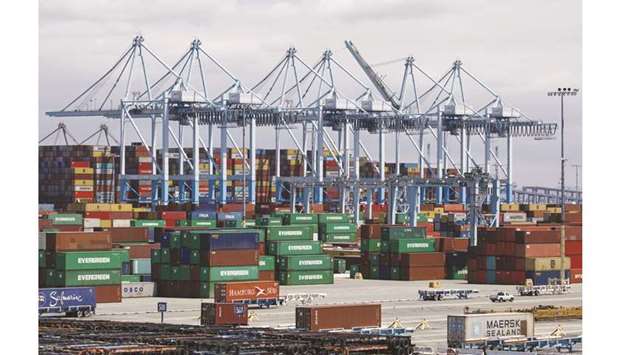

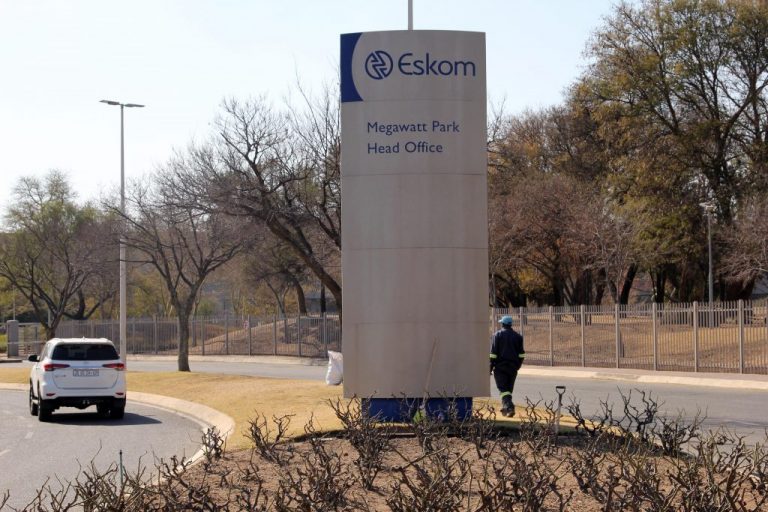
LONDON – With her recent announcement of the European Central Bank’s long-overdue strategy review, new ECB President Christine Lagarde has generated high expectations. The review’s outcome will be the first important signal of how Lagarde intends to lead the institution – and of how the ECB is likely to address persistently low inflation in the eurozone.
The world is very different than it was in 2003, when the ECB’s strategy was last revised, and the institution has itself undergone deep changes since the 2008 financial crisis. Faced with a global recession and then the 2011-2012 eurozone debt crisis, the ECB abandoned the traditional approach of passively meeting banks’ demand for liquidity – its initial response to the financial crisis. Instead, the ECB started actively managing its balance sheet in order both to ease monetary policy and stabilize the financial system.
Furthermore, the ECB has radically expanded its operational tools. In 2014, it introduced negative interest rates on banks’ deposits with national central banks, and began providing the market with “forward guidance” concerning its future policies. And, since 2015, the ECB has engaged in asset purchases (known as quantitative easing, or QE), causing its balance sheet to double compared to 2008. Finally, the ECB has assumed larger prudential supervisory responsibilities vis-à-vis European banks under the Single Supervisory Mechanism.
The first phase of the ECB review will be narrow, focusing on defining the bank’s inflation target, the role of monetary aggregates as signals of medium- to long-term inflation, and communication. This is expected to be concluded in the first half of 2020, to be followed by a second phase of reflection.
Any meaningful review of these issues must objectively and critically analyze the decade since the financial crisis, during which average eurozone inflation has been well below the ECB’s objective of “below, but close to, 2%,” and also lower than in the United States and the United Kingdom. In particular, the review should quantify the costs of tolerating a systematically below-target level of inflation, relative to pursuing other policy options.
There are at least three hypotheses to explain the ECB’s inability to achieve its inflation objective. The “policy mistakes” hypothesis maintains that the ECB should have implemented more aggressive policies – in particular, QE – between 2012 and 2014. If these “mistakes” stemmed from an ill-defined ECB strategy, then its strategy will have to be adjusted; if they were the result of political constraints, then its decision-making process should be changed.
The second explanation highlights the inadequate coordination of fiscal, financial, and monetary policy in the eurozone. In 2009, for example, monetary easing was accompanied by a delayed cleanup of the banking sector and fiscal austerity, leading to a second recession that the ECB was late to identify. And in 2012-2014, a neutral fiscal stance was coupled with both insufficient monetary stimulus and banking-sector deleveraging.
Both hypotheses suggest that the ECB would have fared better had it clearly committed to a symmetric quantitative target for inflation or nominal GDP. That would have implied, for example, not increasing interest rates in 2011 (as the ECB did) in response to the temporary inflationary effect of higher oil prices. It also would have implied starting asset purchases in 2012 instead of 2015, and not stopping them in 2018.
The third hypothesis, favored by some central bankers, is that persistently low eurozone inflation reflects structural factors such as adverse demographics, low growth expectations, and the associated increase in demand for safe assets. This explanation thus draws parallels between the eurozone and Japan, where aggressive monetary and fiscal policies since 2013 have failed to lift the economy out of its two-decade-long slough of low inflation.
Advocates of the structural view argue that it would be better for the ECB’s policymakers to adopt a lower inflation target rather than try to engineer a monetary stimulus that ends up inflating asset prices and jeopardizing financial stability. After all, their argument implies, there is little evidence that stable low inflation is bad for welfare.
But this third hypothesis can lead to two alternative policy recommendations. The first is a “do-nothing” approach, coupled with a downward adjustment of the ECB’s inflation target in line with actual inflation. Such a course of action is justified if policymakers assume that potential output growth in the eurozone has declined independently of past fiscal and monetary stabilization policies. The second option, as under the first two hypotheses, is to maintain an accommodative monetary policy, possibly in coordination with fiscal policy. This would be the right thing to do if policymakers believed that persistent slack in the real economy would end up affecting potential output.
Most analyses imply that ECB policy has in general been too cautious during the last decade. Moreover, even if one accepts the structural explanation for trend inflation and takes the view that inflation expectations have fallen independently of past policies, the “do-nothing” option is likely to cause expectations to spiral further downward, possibly leading to a deflationary trap. One then has to consider the costs linked both to the associated relative price adjustments and to the effect that the resulting upward pressure on the real interest rate would have on the burden of private and public debt. These costs are likely to be greater than those associated with the financial-stability risk of doing “too much,” which in any case can be addressed using prudential tools.
The ECB’s new strategy will have to be based on the kind of quantitative analysis needed to answer these questions. But it also must recognize that economists are still a long way from understanding the dynamics of low inflation. Given this uncertainty, the ECB should aim to adopt robust policies that cause the least damage under a broad range of scenarios.